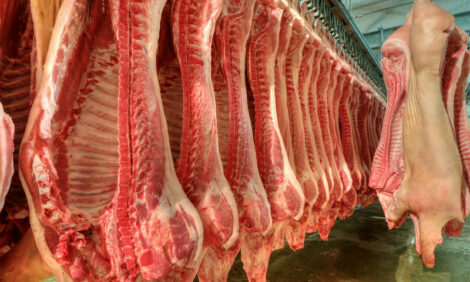



Fresh approach to controlling N and P emissions
UK pig producers can now use innovative soluble tannin-based ingredients in feed as an aid to improve performance, thereby reducing nitrogen and phosphorus excretion on farmOne such example is Farmatan MC – a hydrolysable tannin-based product delivering improved FCR through a reduction in days to slaughter and better grading profiles.
“Recent studies have indicated that tannins, fed at 1kg/T, to early weaning pigs improved initial growth rates and normalised populations, which led to a reduction in the third draw slaughter finishing times, for example. They have now been used successfully to improve animal performance in a number of trials,” said Phil Vernon from Azelis Animal Nutrition, who was speaking at the British Pig and Poultry Fair.
He added that this innovative feed ingredient, which is based on an extract from sweet chestnut, is an aid to improving the level of beneficial micro-flora in the pig’s gut. It reduces bacterial proteolytic reactions, supports intestinal integrity and acts as a natural in-feed antioxidant source.
Visitors to the Azelis stand at the Fair were also able to discuss SANGROVIT from Phytobiotics – a proven phytogenic feed additive extracted from the Macleaya Cordata plant. This extensively researched natural product is processed for its active alkaloid components, which are now recognised for their anti-inflammatory properties.
Independent trials have shown SANGROVIT to be highly effective at promoting improved gut health. This allows growing pigs to make better use of the nutrients supplied, improving feed conversion efficiency and daily live-weight gain.
As reported by Azelis Animal Nutrition









